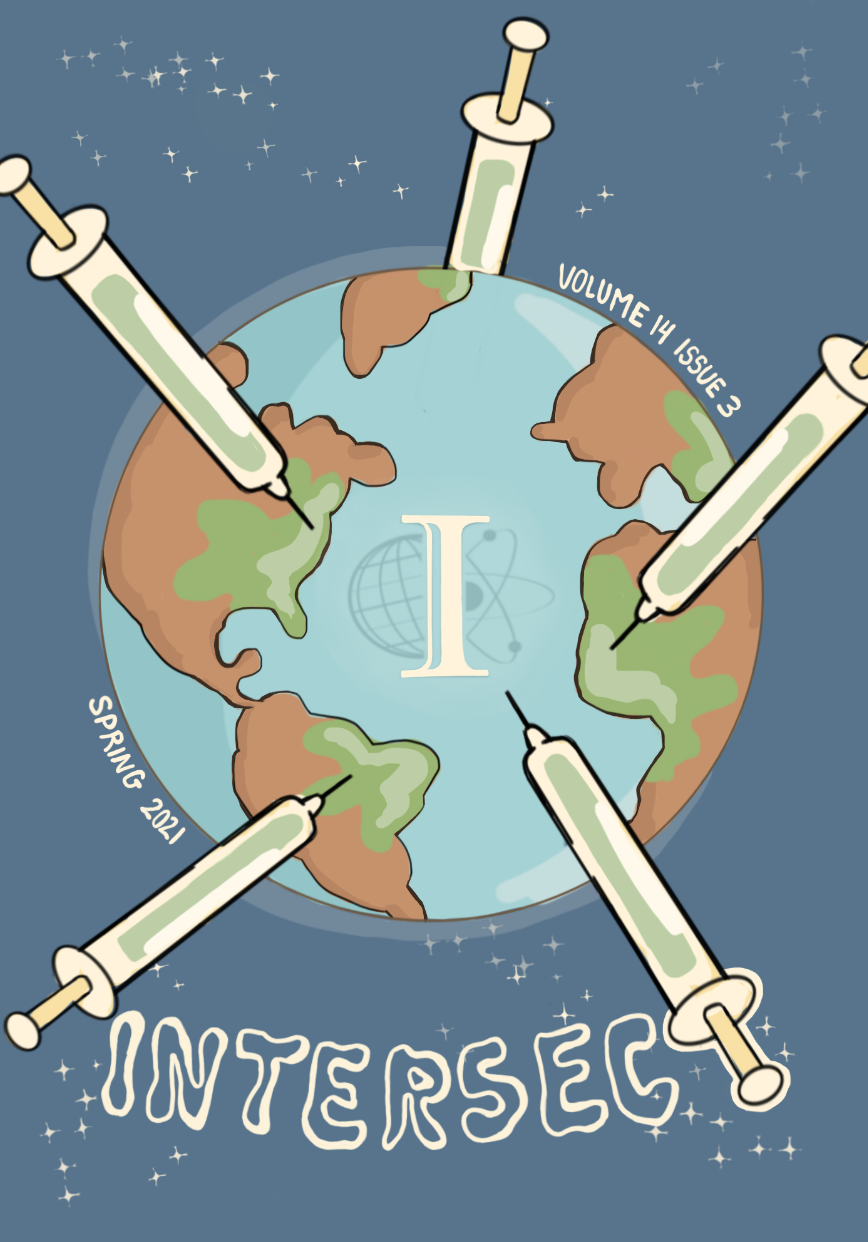Accelerated Automation and Designing the Future of Labor
Abstract
Future studies is an interdisciplinary field that studies how human life changes in the future. As we look into the future, there are numerous possibilities. A holistic study of the present and the past trends determines the most probable future. The next step in future design is to tweak the expected future to explore an extensive list of possible futures. Possible and probable futures are used to design a preferable future imaginatively and suggest an action plan that bridges the gap between the most probable future and the preferable future.
In this work, the framework of future studies is applied to the topic of automation and future of labor. The article concludes that in order to proactively design a preferable future, work needs to be done in seven main areas of education, profit-sharing, UBI, health insurance, Human-centered automation and collective bargaining.
Downloads
Published
Issue
Section
License
Copyright (c) 2021 Intersect: The Stanford Journal of Science, Technology, and Society

This work is licensed under a Creative Commons Attribution-NonCommercial-NoDerivatives 4.0 International License.
Authors who publish with this journal agree to the following terms:- Authors retain copyright and grant the journal right of first publication with the work simultaneously licensed under a Creative Commons Attribution License that allows others to share the work with an acknowledgement of the work's authorship and initial publication in this journal.
- Authors are able to enter into separate, additional contractual arrangements for the non-exclusive distribution of the journal's published version of the work (e.g., post it to an institutional repository or publish it in a book), with an acknowledgement of its initial publication in this journal.
- Authors are permitted and encouraged to post their work online (e.g., in institutional repositories or on their website) prior to and during the submission process, as it can lead to productive exchanges, as well as earlier and greater citation of published work (See The Effect of Open Access).

